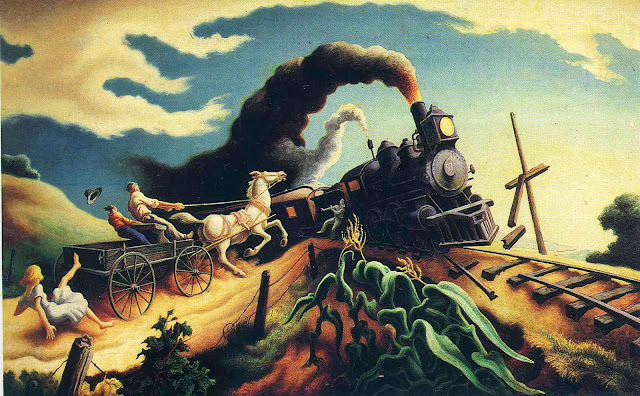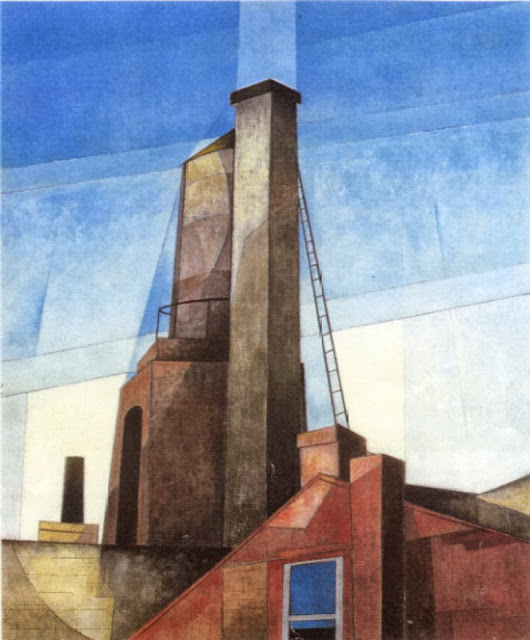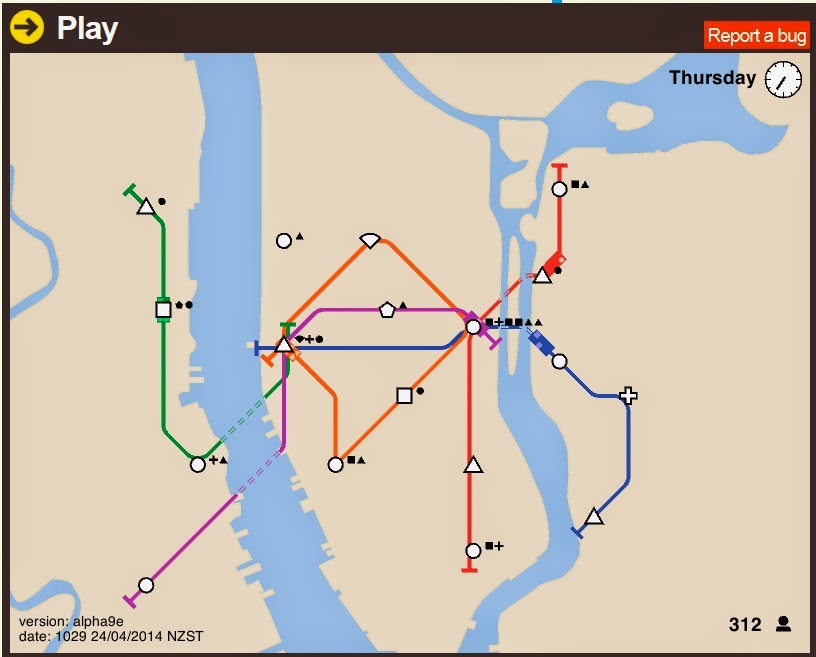Continuity and Change in the American Southwest
It offered a good vantage point, protection and spring water.
GREETINGS FROM NEW MEXICO
LAND OF ENCHANTMENT
...in which we find out what's happening these days at the sites of last week's boring postcards!
It is no longer the second-youngest state, however. It's the fourth-youngest.
IMPERIAL '400' MOTEL
PHOENIX - EAST, ARIZONA
3830 East Van Buren 275-8541
"America's Fastest Growing Motel Chain"
This particular Imperial '400' Motel no longer exists. On its site is a light-industrial building housing businesses like Az Metals, Innopac Vaccuum Equipment Sales, Specialty Awning, and Arizona Specialty Foods.
The Imperial '400' Motel's old telephone number now belongs to a woman named Rosa.
SCENIC TIJERAS CANYON AND FAMOUS U.S. HWY 66 APPROACHING ALBUQUERQUE, NEW MEXICO
The status of U.S. Highway 66 is surprisingly ambiguous. By the time this postcard was sent, the major road through Tijeras Canyon was Interstate 40, and that is probably the road that is actually pictured on the card. A smaller access highway, New Mexico 333, is named "Route 66" and as far as I have been able to find out follows the original U.S. 66 roadbed. It is however only a two-lane road.
Here's Tierjas Canyon from the Interstate:
And from old U.S. 66, looking in the same direction from a few hundred meters to the left:
Kit Carson's Cave near Gallup, New Mexico. Looking out of the cave you see the country as Kit Carson saw it in the 1860's where he sheltered his men while rounding up Navajo Indians for the long walk to Bosque Redondo.
I had never heard of Kit Carson "rounding up Navajo Indians for the long walk to Bosque Redondo," and when I posted the card I thought it was some sort of garden-variety Wild West hijink that would end with a stagecoach robbery, an exchange of trade goods, or maybe a hanging or two. It turns out, unfortunately, that Carson was carrying out a gruesome program of ethnic cleansing against the Navajo on behalf of the Territory of New Mexico.
Kit Carson's Cave still exists. In a footnote to their 1988 Kit Carson: A Pattern for Heros, Thelma S. Guild & Harvey L. Carter (who point out that Carson was only following orders and that he was much more involved with capturing Indians than he was with actually killing them), we read that "Unfortunately, hatred of Carson remains strong among the Navajos and the Apaches. The Kit Carson Cave near Church Rock, New Mexico, had been vandalized and was closed to the public in 1979."
Thirty five years later, the cave appears (at this distance) to be a popular and relatively depoliticized nature hike destination. It is a State of New Mexico historic site. Here is its offical description, in toto: "While scouting for the Army in its campaign against the Navajo in 1864, Kit Carson camped in this vast sandstone cave. It offered a good vantage point, protection and spring water."
night cat 1999
acrylic on canvas
23 1/2' x 19 1/2"
The painting "Night Cat" still exists. It is not, as I had naively imagined, a piece of local Phoenix coffee house art. It is rather a relatively well-known work by the prominent Japanese painter Yoshitomo Nara (b. 1959). Night Cat was auctioned by Christie's in 2003 for $62,140, around four times the pre-auction estimated valuation, and appears to be held in a private collection at this time.


.JPG)

.JPG)

.JPG)


.JPG)
.JPG)














































